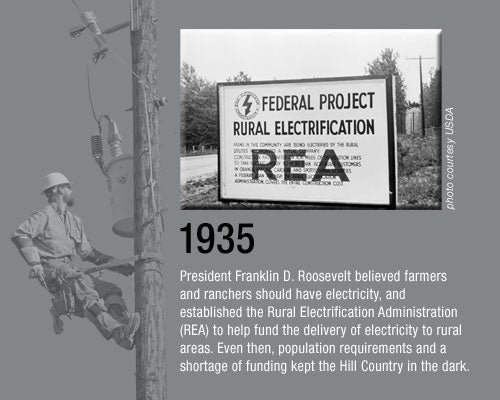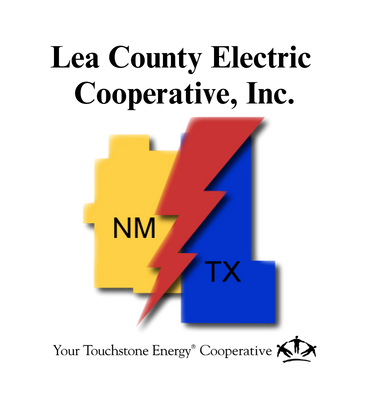

When Thomas Edison opened the first central generating station on Pearl Street in New York City in 1882, it created new hope and vision for Americans. The hope was to realize an increase in the productivity of labor by lightening the drudgery of farms while revolutionizing factories and to give people more leisure time from jobs and chores to enjoy life by mechanizing daily life. These were the dreams of the people, and these were the dreams that were controlled by private utility monopolies or power trusts as they were called. By 1928, 80 percent of the nation's electric energy was generated and controlled by 16 large holding companies. Public utility commissions were set up to provide control but were unsuccessful. The alternative seemed to be the public ownership of electric utilities.
Things began to change when Franklin Roosevelt assumed office in 1933. While the President believed that private ownership had a place in the American economic system, he also felt that people should have a choice of public control if dissatisfied with the operations of the private utilities. The Rural Electrification Administration (REA) was a department of the United States federal government created on May 11, 1935, through efforts of the administration of President Roosevelt. The REA's task was to promote electrification in unserved rural areas due to the cost of stringing electric lines in sparsely populated rural areas. Many were critical of the decision, in particular private electric utilities, who argued that the government had no right to compete with private enterprise even though they refused to serve those areas. By 1939, the REA served 288,000 rural households with electricity prompting private business to extend their services into the countryside as well. By the end of the decade, a quarter of rural homes had power, up from around 10 percent in 1930.
The United States was transformed politically, economically and socially by the electrification of rural America. This feat was accomplished through the individual efforts of citizens who believed in a better way of life-"of the people, by the people, and for the people." Today, over 900 rural electric cooperatives own and maintain nearly half of the electric distribution lines in the U. S., cover 75 percent of the land mass and provide electricity to 37 million people in 47 states. They operate primarily in rural areas, serving fewer than seven consumers per mile and collect just $8,500 in revenue per mile of line. By contrast, investor-owned and publicly owned utilities average 34 and 44 customers per mile of line and collect $59,000 and $72,000 per mile of line, respectively.
Cooperative Related Information
-
National Rural Electric Cooperative Association (NRECA) Click Here
-
National Electric Regulation FERC (Federal Energy Regulatory Commission) Click Here
-
New Mexico Rural Electric Cooperatives (NMRECA) Click Here
-
Rural Utility Service Click Here
-
State Electric Regulation NMPRC (New Mexico Public Regulation Commission) Click Here
-
Texas Electric Cooperatives (TEC) Click Here
-
U.S. Energy Information Administration (Energy Kids) Click Here
